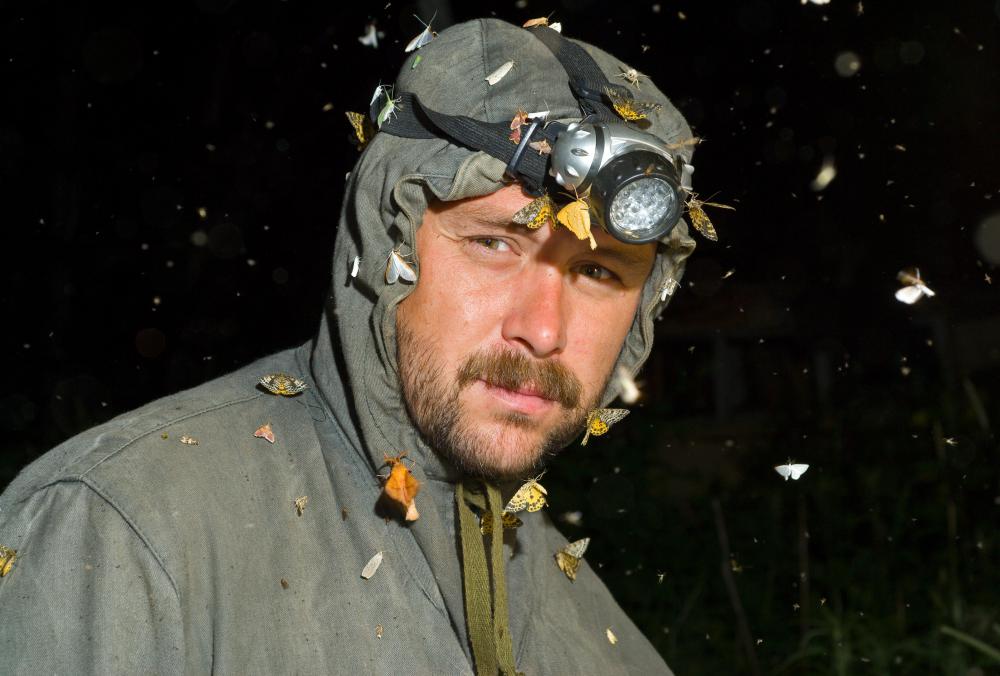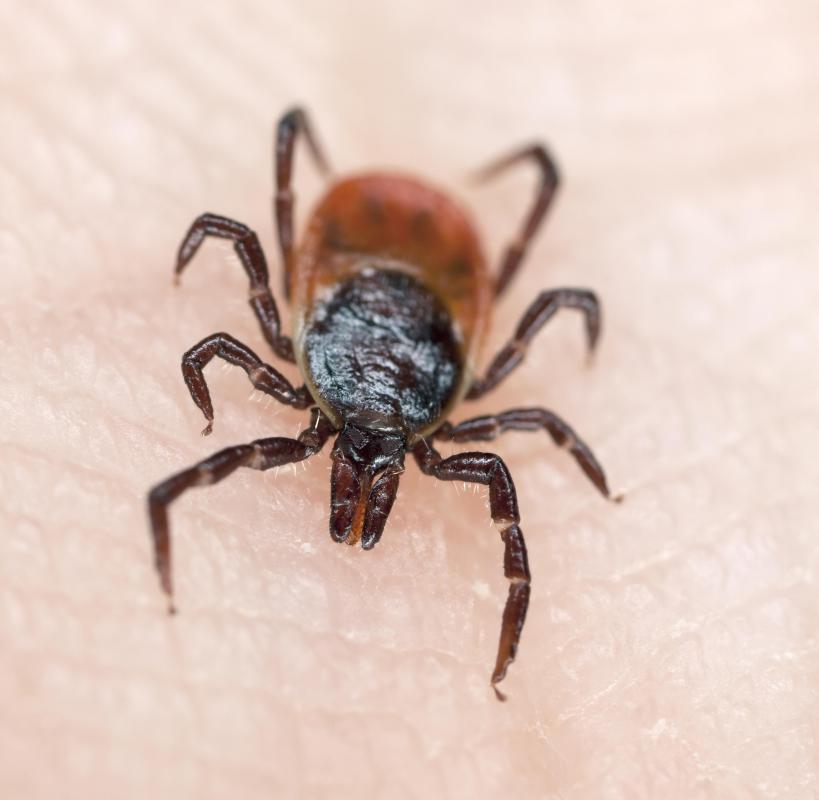At AllThingsNature, we're committed to delivering accurate, trustworthy information. Our expert-authored content is rigorously fact-checked and sourced from credible authorities. Discover how we uphold the highest standards in providing you with reliable knowledge.
What are the Different Types of Insect Species?
Insects are a class of organisms that contains more than a million known species, making it one of the most diverse known classes of organisms. There are several traits that all insect species have in common: a three-part body, chitinous shell, six legs, two antennae, and compound eyes. There are also many differences; some, for example, move by walking while others primarily move by flying. Even with the million known insect species, scientists theorize that there could be millions more. In addition to being very diverse, insects are also extremely numerous: more than half of the organisms on Earth are believed to be insects.
Insect species are subdivided into many different groups based on many different traits, such as body size or the absence or presence of wings. One group of insect species, characterized by lack of wings and thin, almost translucent skin is referred to as apterygota. The pterygota subclass, on the other hand, contains winged insects and insects whose ancestors possessed wings. Most insect species, including lice, moths, and earwigs, belong to the pterygota subclass.

The oldest known class of insect species is referred to as archaeognatha, and like apterygota, it contains small, wingless insects. While the mandibles of most insects have joints with two parts, archaeognatha insects have mandibles with joints containing only one part. Evolutionarily, they have progressed very little — modern archaeognatha are not much different from the first archaeognatha. Archaeognatha species can survive in a wide range of climates — some even live in the harsh, cold conditions of the Arctic. One specific example of an archaeognatha species is the petrobius maritimus, or shore bristletail; these small insects live on rocky shorelines around the Mediterranean and North seas.

Neoptera, another subgroup of insects, contains some of the most recognizable and well-known insect species in the world. Species included in neoptera have wings that they can flex back over their abdomens, such as wasps, flies, and beetles. This is in contrast to the palaeoptera subclass of insect species, which includes primitive winged insects that are unable to flex their wings over their abdomens, such as mayflies and damselflies.
The study of insects is referred to as entomology, and the study of insect classification is known as systematic entomology. Entomologists are still discovering new species of insects at a very high rate. Many believe that there are still millions of species left to discover.
Frequently Asked Questions
How many different types of insect species are there?
According to the Entomological Society of America, there are over 1 million described species of insects, which represent more than half of all known living organisms. However, some experts estimate that there could be between 6 to 10 million species in total, many of which are yet to be discovered and classified.
What are the most common types of insect species?
The most common types of insect species include beetles (Coleoptera), which are the largest group with about 350,000 species. Other prevalent groups are butterflies and moths (Lepidoptera), bees and wasps (Hymenoptera), and flies (Diptera). These groups are well-known for their ecological roles, such as pollination and pest control.
How do scientists classify different insect species?
Scientists classify insects based on their shared physical characteristics and evolutionary relationships. This classification involves hierarchical categories such as order, family, genus, and species. For example, insects with similar wing structures or life cycles may be grouped together. DNA analysis has become an essential tool for understanding the evolutionary links between different insect species.
What role do insects play in the ecosystem?
Insects are crucial for ecosystem health, performing vital roles such as pollination, decomposition, and serving as a food source for other animals. According to a study published in the journal 'Ecological Entomology,' insects help in seed dispersal and soil aeration, and their predatory species help control pest populations, maintaining ecological balance.
Are insect species in decline, and why?
Yes, insect species are in decline globally. Research published in the journal 'Biological Conservation' indicates that habitat loss, pesticide use, climate change, and pollution are major factors contributing to this decline. This loss has significant implications for biodiversity and human agriculture, as many plants rely on insects for pollination.
What can we do to protect insect species?
To protect insect species, we can create insect-friendly habitats by planting native flowers and reducing pesticide use. Conservation efforts also include supporting organic farming practices and protecting natural areas. Research, such as that by the Xerces Society, shows that citizen science and education can also play a role in insect conservation by raising awareness and informing policy.
AS FEATURED ON:
AS FEATURED ON:












Discussion Comments
The fact that they are still discovering so many species is amazing.
It makes me want to study how to identify insects so that I could one day discover a new species. Contributing to the pool of world knowledge like that would be nice, but it would also be one of the only ways in the modern world to really feel like an explorer. They are still discovering a few new mammals in pockets of rain-forest in the mountains, but generally everything else seems to be well mapped out.
The variety of different insects in the world is incredible. They might seem to just be a bunch of small, icky critters, but in fact they are complex and beautiful. If you compare, for example, a butterfly and a dung beetle. They might as well be a fish and a lizard. Not just the body shapes although those are different enough.
Butterflies drink nectar from flowers and dung beetles eat what they are named for. I don't think most people think about how very different that makes them.
Post your comments